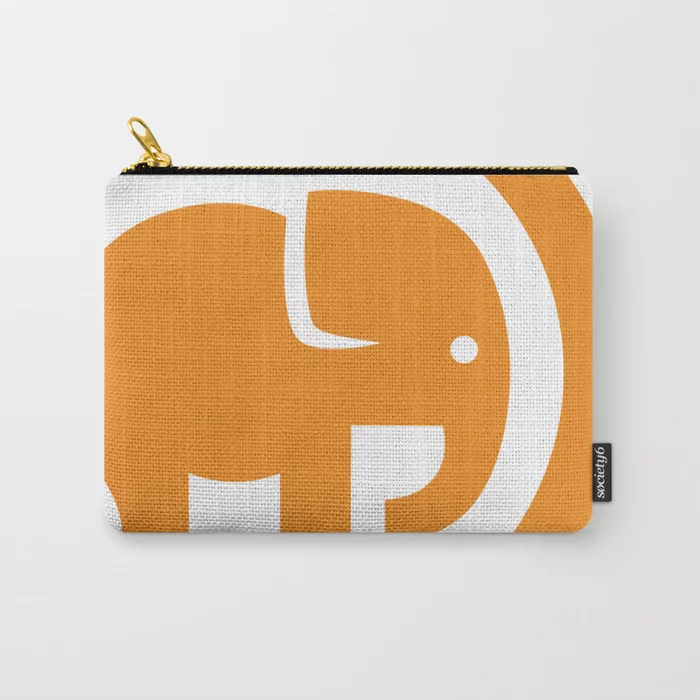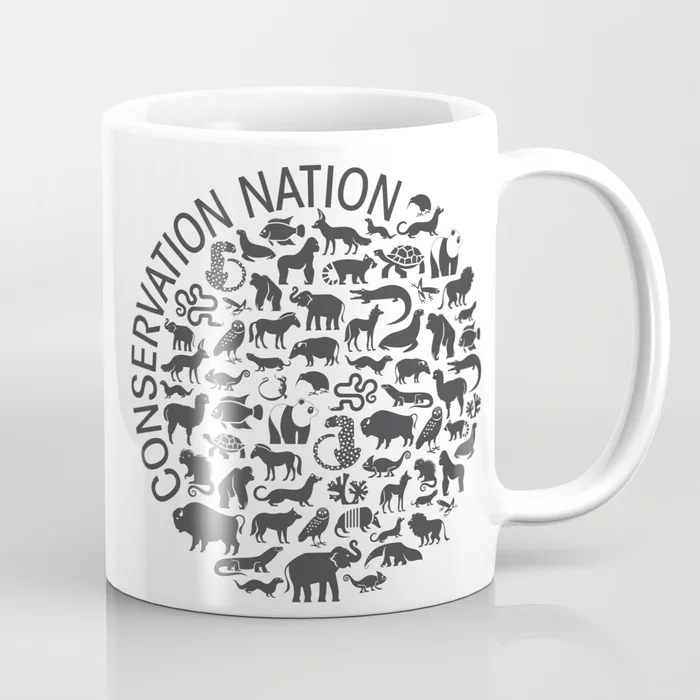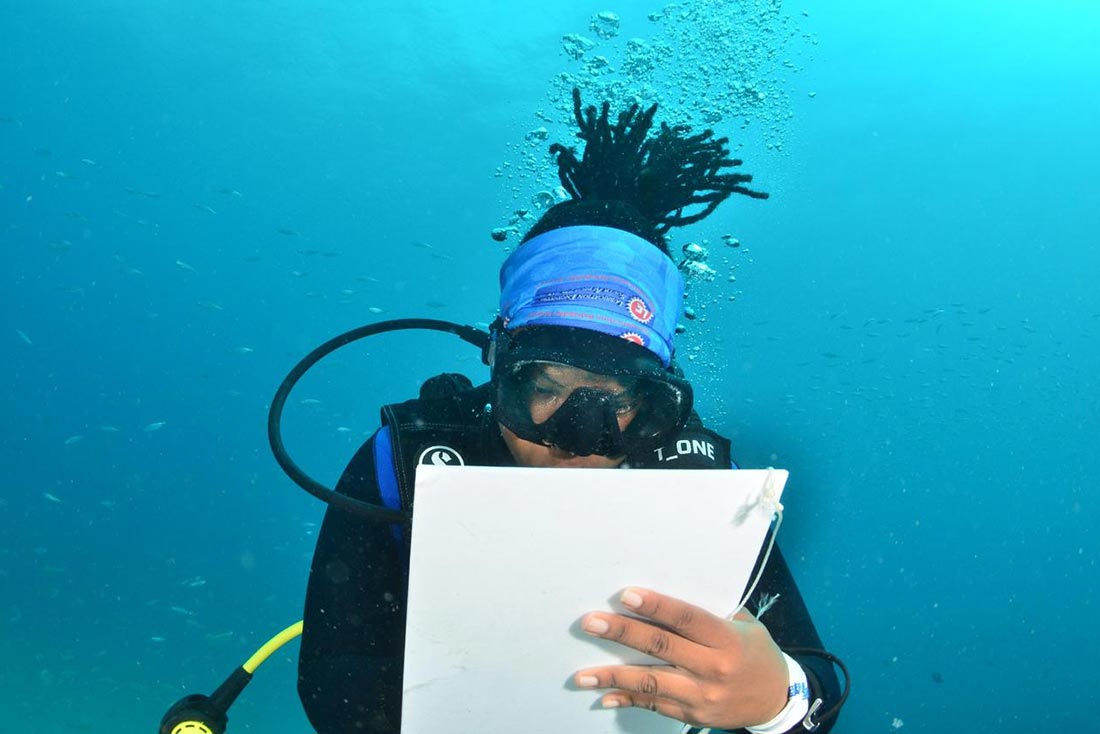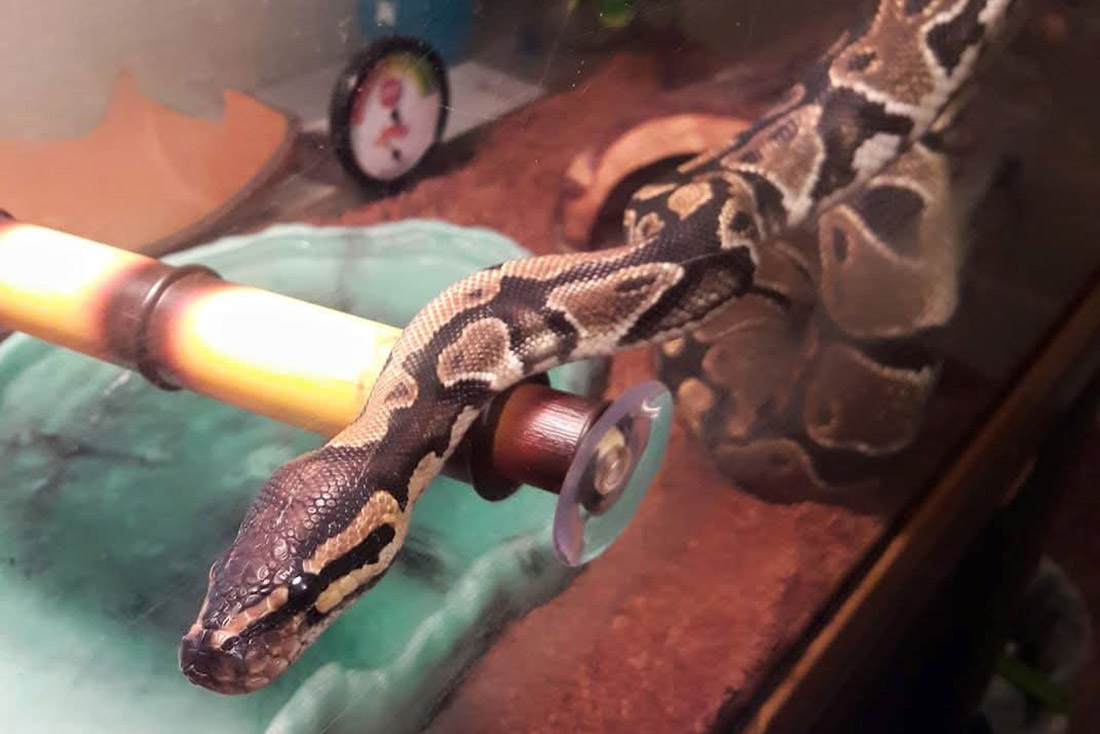Their bags are packed. Thanks to Conservation Nation, Smithsonian scientists are headed to Kenya in two weeks for a conference uniting the world’s top rhino experts with vets who are working to save rhinos on the ground. There, they will share research and resources, including special kits designed to make it as simple as possible to capture diagnostics and samples correctly for analysis.
“Despite being considered critically endangered … Kenya’s black rhino population has increased in recent years, and field vets play a critical role in this recovery,” says James Hassell, a Smithsonian scientist working on the project. “This workshop will educate these vets in the most recent advances in rhino medicine that can be applied when treating individual animals that are injured or fall sick, and monitoring the reproductive performance of rhino populations.”
The four-day conference is structured to imitate how a veterinarian would provide care for any rhino patient. Beginning with how to safely capture a patient, the conference will then move onto other topics, such as diagnostics and treatment. It will include post-mortem training, so those on the ground will know how to gather the most accurate data should they need to determine why a patient passed away. And the final day will include a round table focusing on conservation planning for rhinos in central Kenya.
“The conference is unique in that it is gathering together vets from across Kenya to ensure that the best information about rhino health is getting to those who need it most,” Hassell says.








